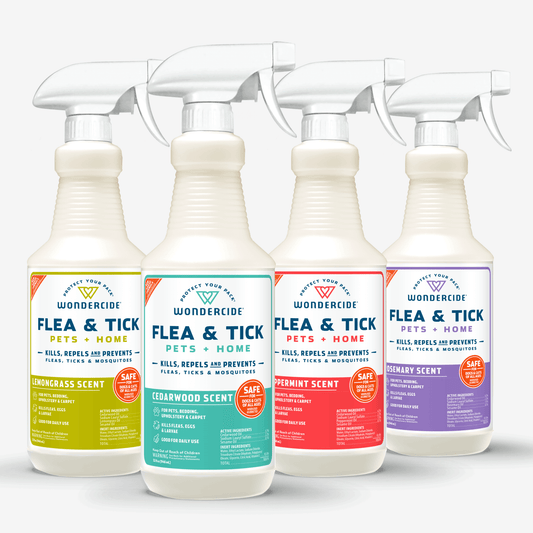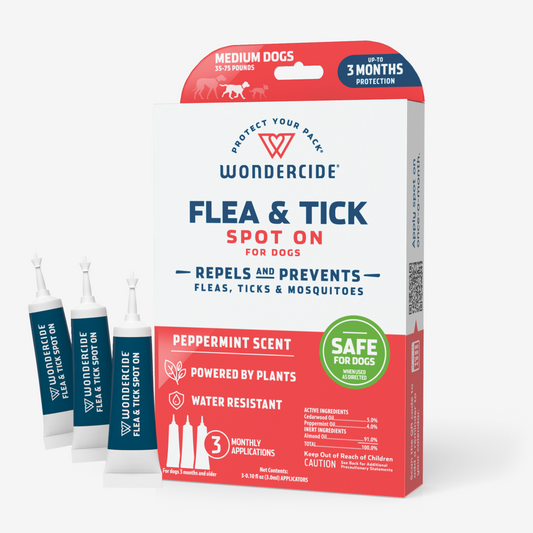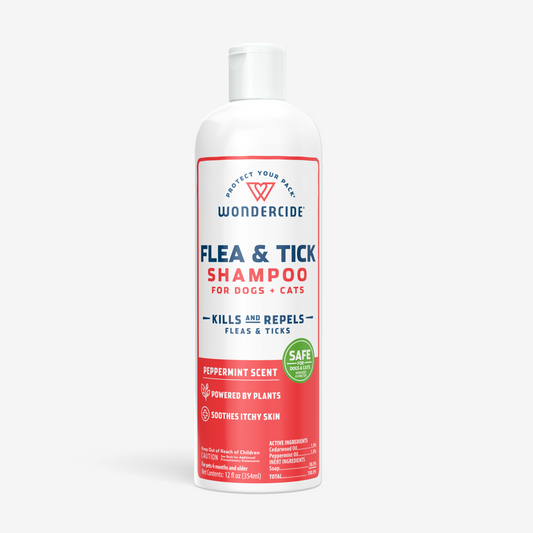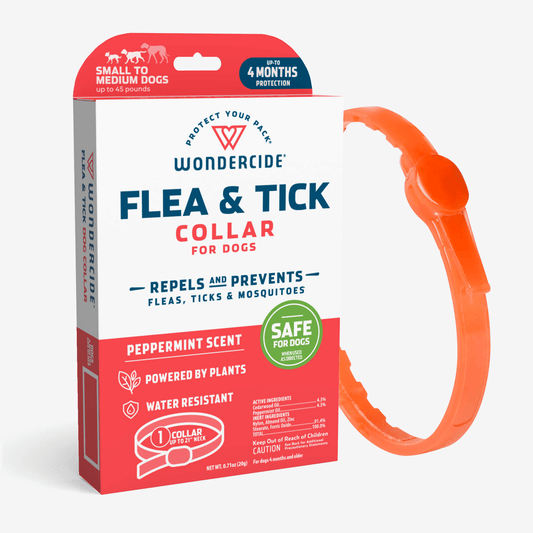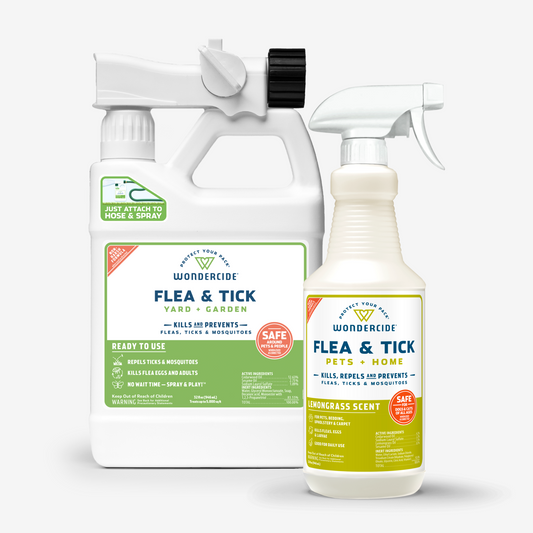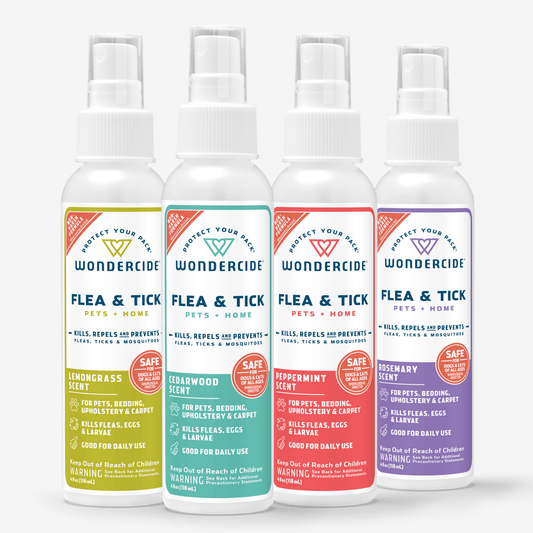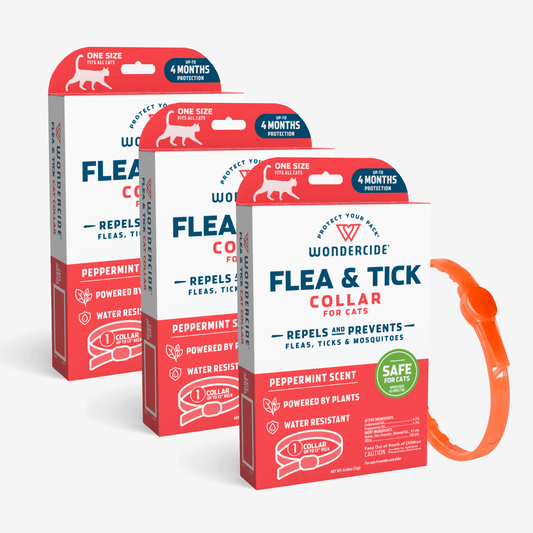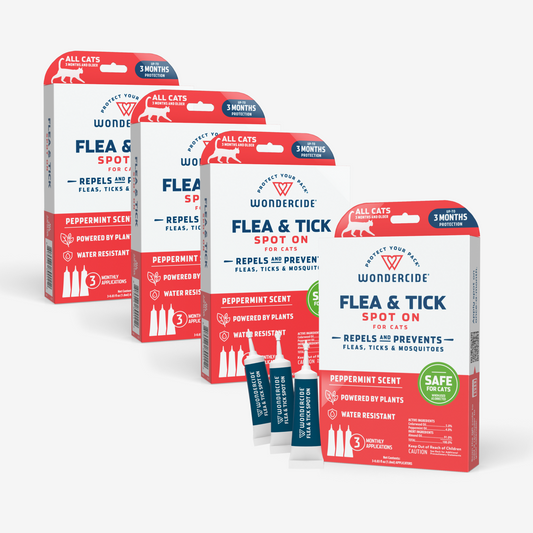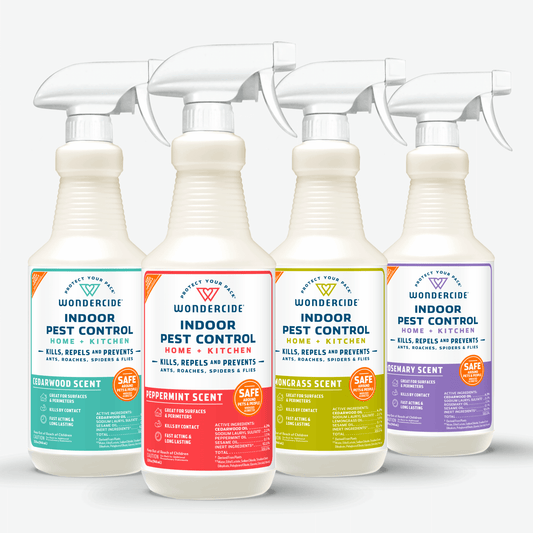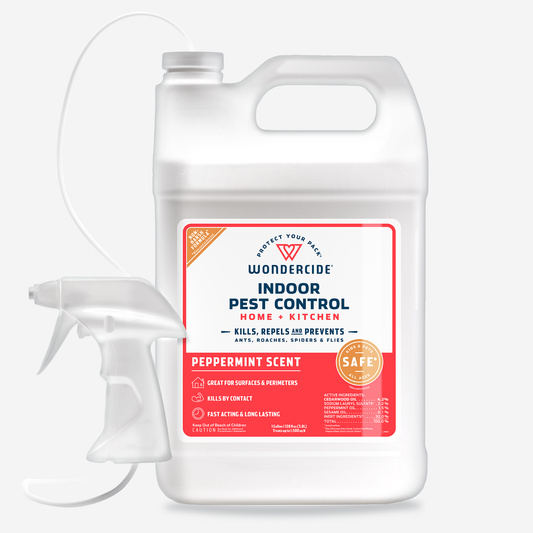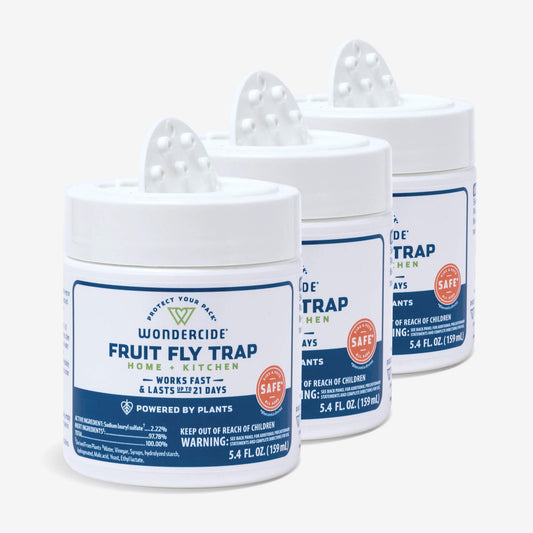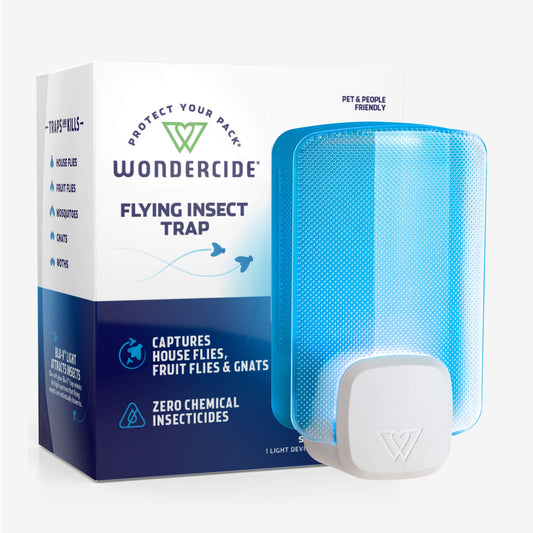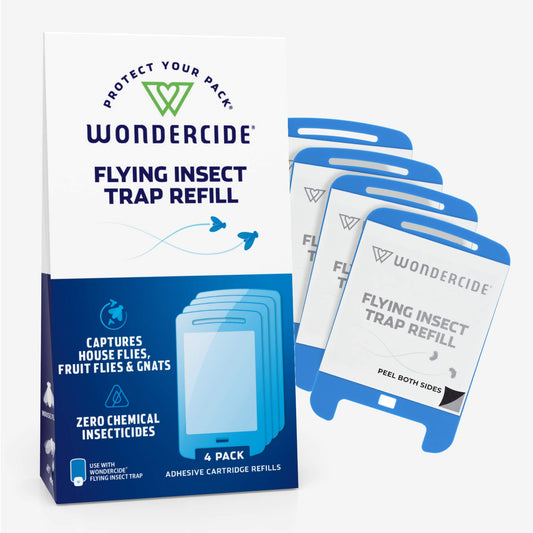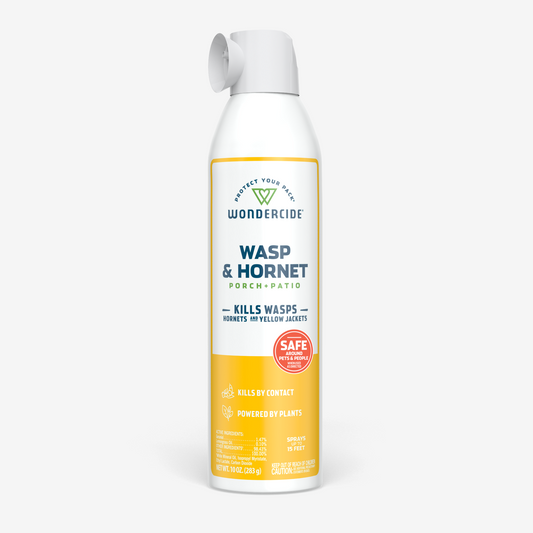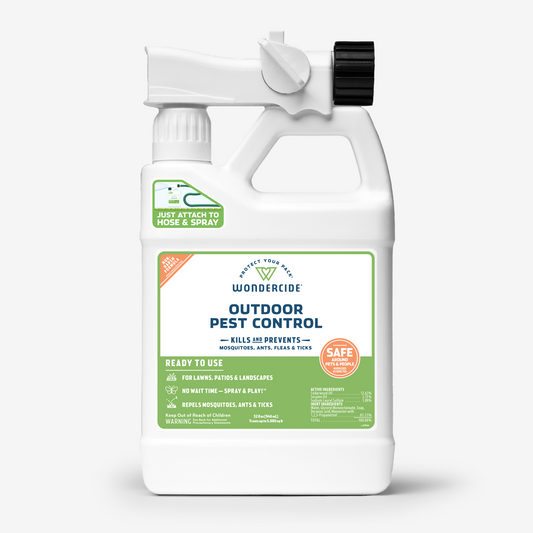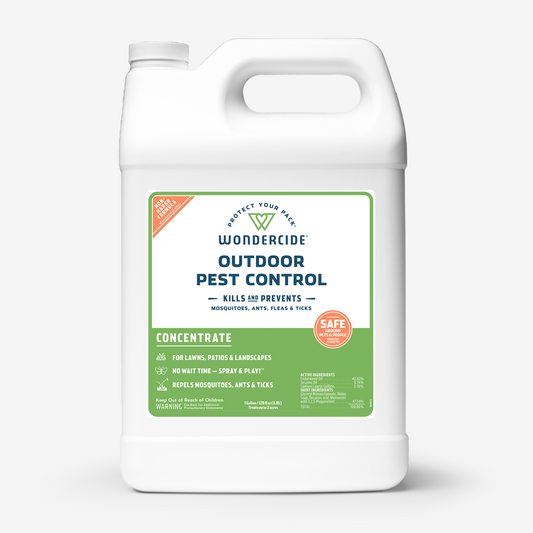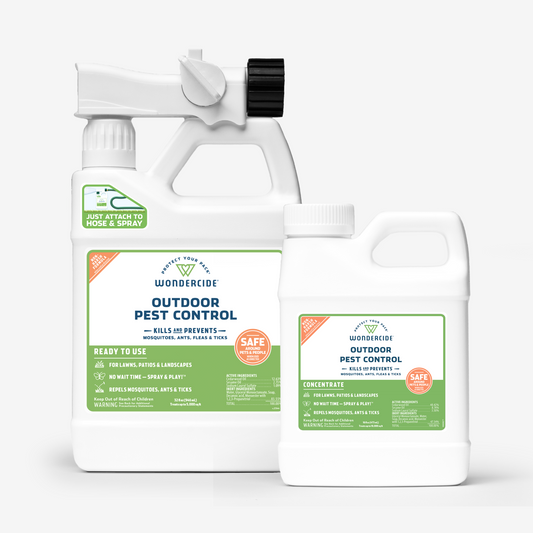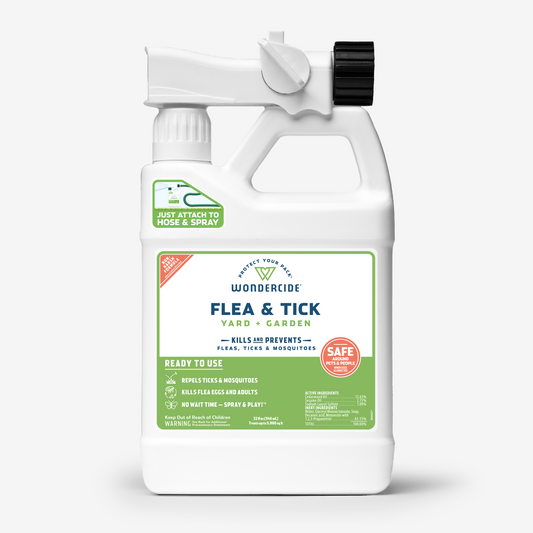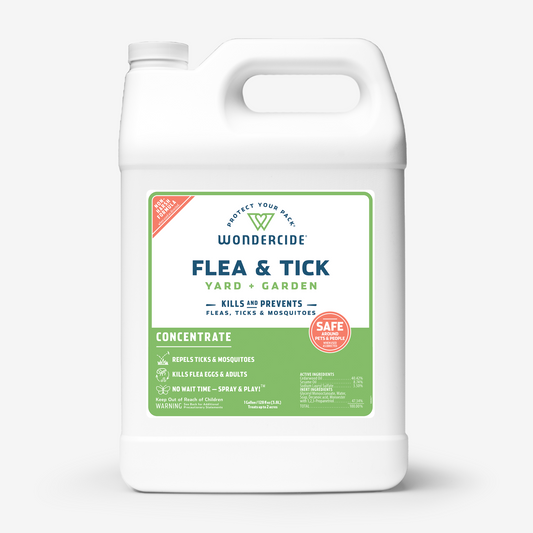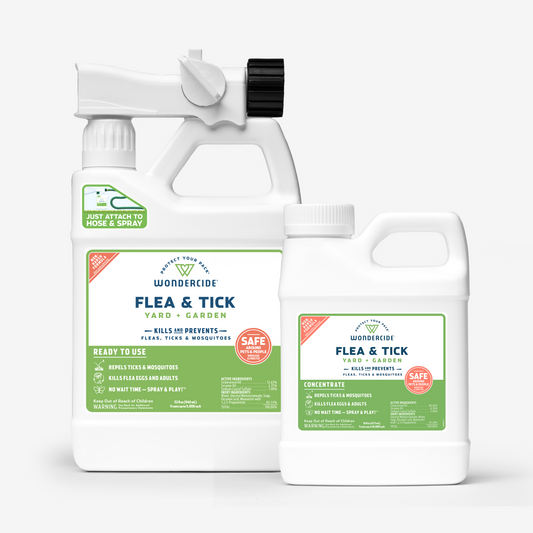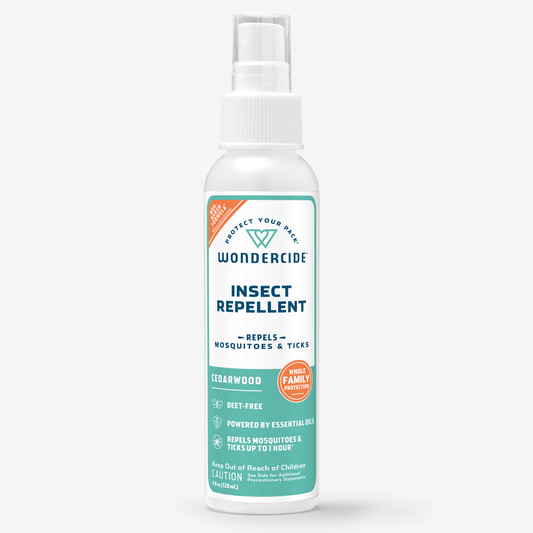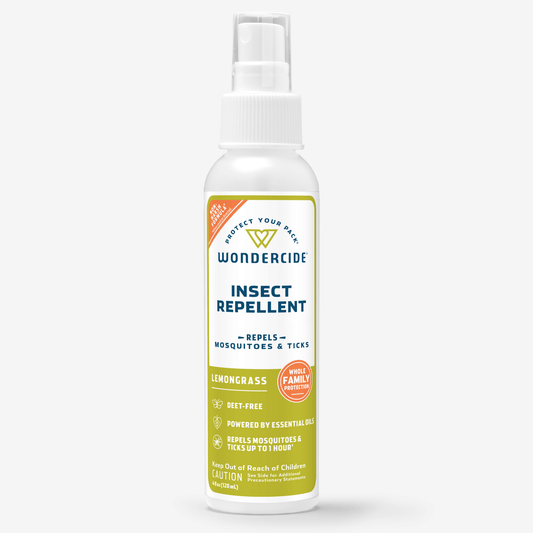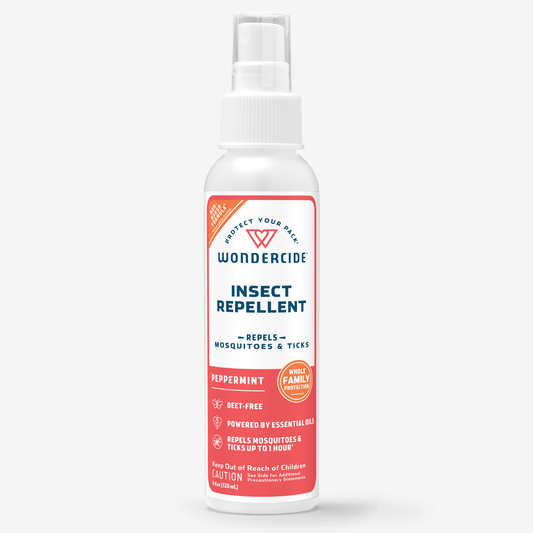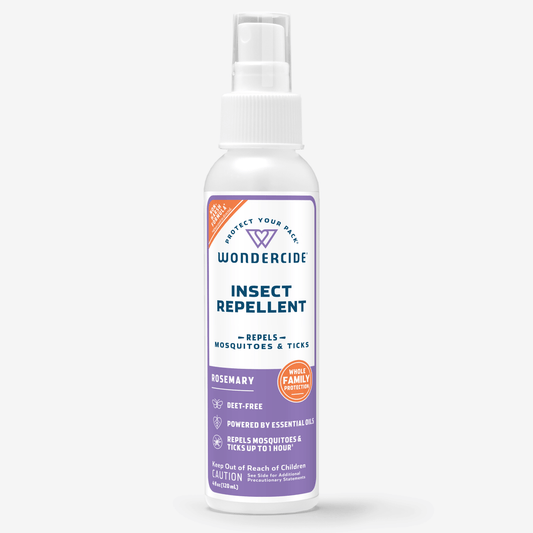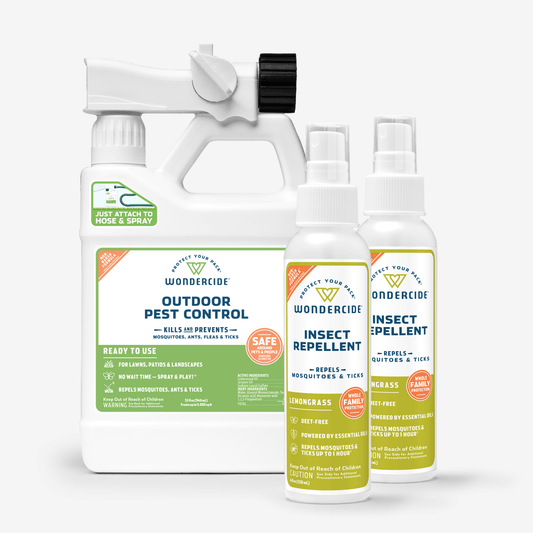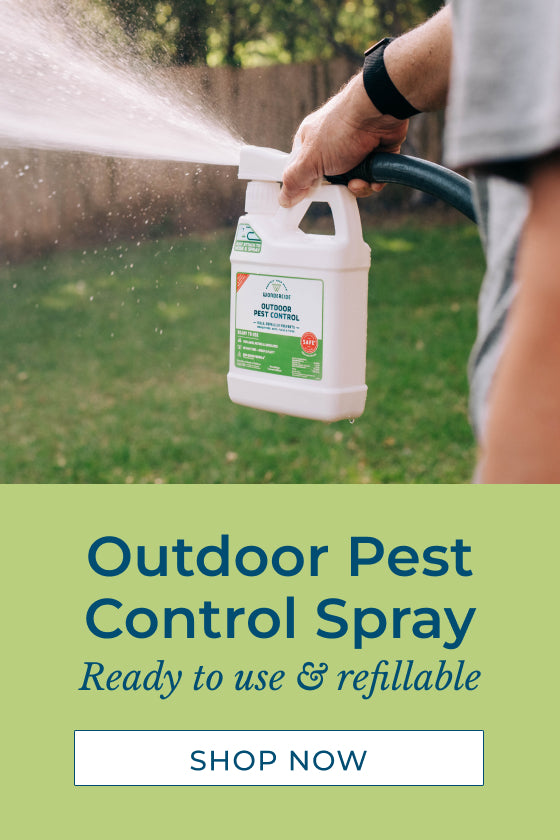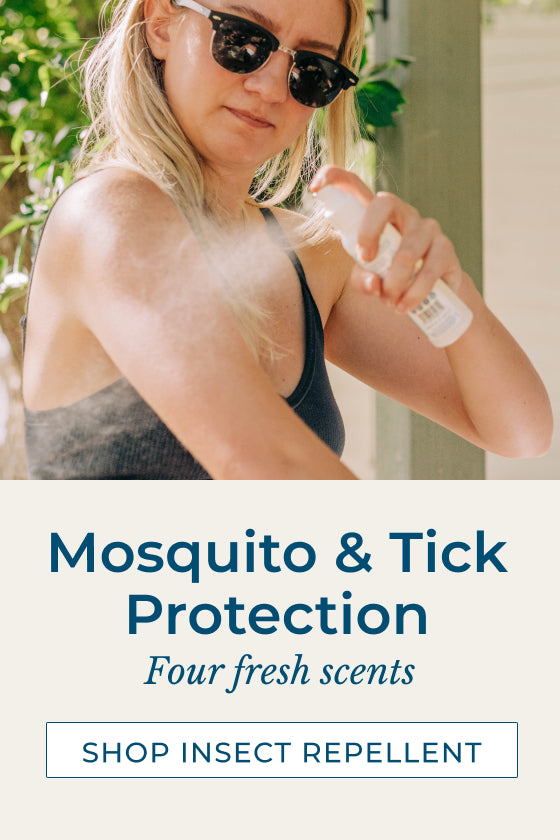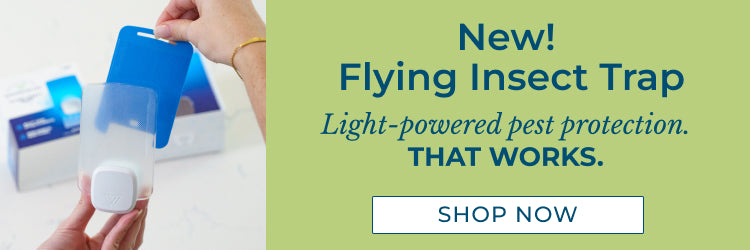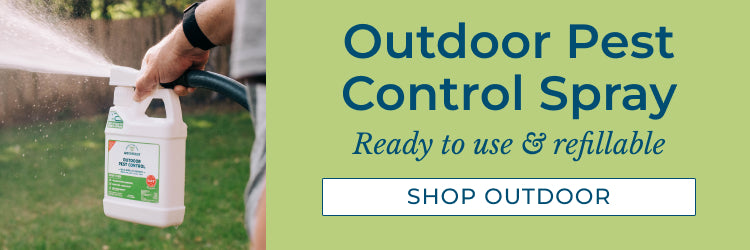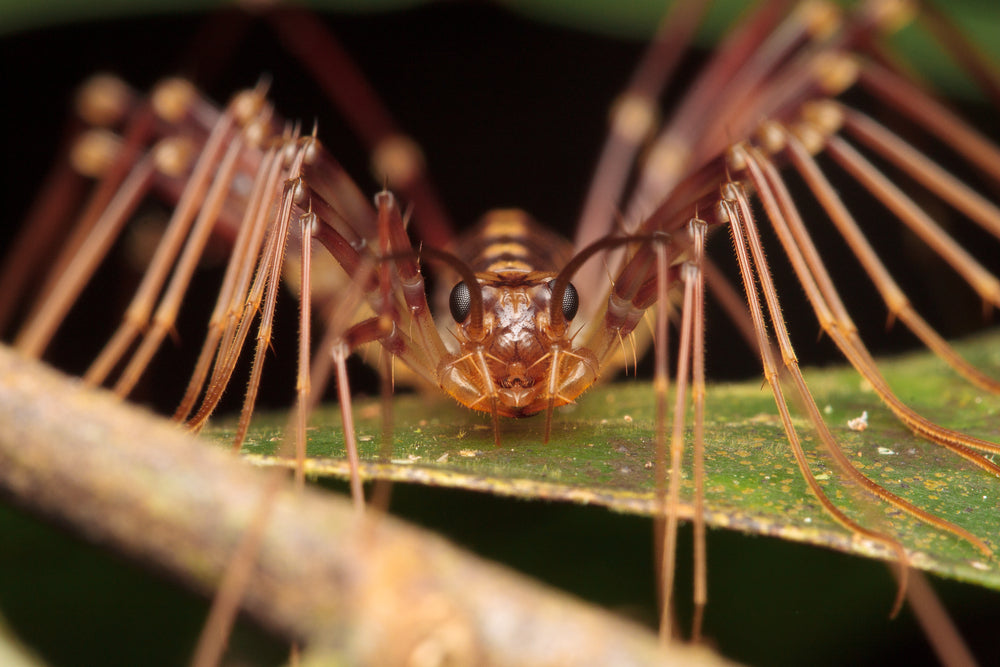With their many pairs of legs – sometimes many more than 100 – and quick movements, centipedes can give even the least squeamish of us a full case of the creepy crawlies. And when you find them inside your home just as you’re winding down at night, that’s not all right.
Here’s a quick guide to how to get rid of centipedes in your home, including helpful facts and how to keep them out once they’re gone.
Centipede Quick Facts
Common North American Types
Centipedes aren't true bugs or insects. They're a subphyla of arthropods (Arthropoda). Here are some of the most commonly found centipedes in the USA. Not all of the following like to “invade” your home, but that doesn’t mean that they won't find their way in anyhow.
- The House Centipede (Scutigera coleoptrata): One of the most common types of centipede in North America, it is yellow-gray with dark stripes, has “only” 15 pairs of legs, and is found throughout the country.
-
The Common Desert Centipede (Scolopendra polymorpha): Also known as the Sonoran Desert Centipede, they are found in the Southwestern United States.
-
The Giant Desert Centipede (Scolopendra heros): Also known as the Giant Sonoran Centipede or The Texas Redheaded Centipede, these are the largest (and most recognizable) types of centipedes found in North America. They are most commonly found in Texas.
-
The Eastern Red Centipede (Scolopocryptops sexspinosus) are found in the Eastern USA and are known for their speed.
- The Florida Blue Centipede (Scolopendra viridis) are found primarily in large cities in Florida and the Apalachicola National Forest.
Diet
Even though many find them gross to look at, centipedes can actually be beneficial. They don’t eat your furniture or ruin your foundation or siding and like to eat the kind of pests that you really don’t want in your home, like roaches, termites, silverfish, bed bugs, and moths. Outside, they help decompose leaf litter and contribute to the creation of nutrient-rich soil.
Habits
Centipedes prefer dark, damp environments, and are most active at night. They are most commonly found outdoors, in woodpiles and leaf litter, which is why the people who encounter them most are gardeners. In your home, you’re most likely to encounter them near sinks, in bathrooms (especially around toilets), and in basements and garages (especially along baseboards and in corners). They don’t live in colonies and don’t swarm, so if you encounter one, that doesn’t mean you have an infestation.
Bites
Centipedes are much more likely to run away from you than bite you but, if provoked, centipedes do bite. As a general rule, the bigger the centipede, the more painful the bite. Smaller centipedes that might bite can’t typically puncture the skin. In fact, many (but not all) people can’t feel it when a House Centipede bites them. Larger centipede bites may cause pain and swelling and can feel similar to a bee sting. Centipede bites are fatal only to other insects and very small animals, such as rodents. The Eastern Red Centipede and Florida Blue Centipede are the most notorious centipedes that bite.
How to Get Rid of House Centipedes
1. Recognize the signs of a centipede infestation
Since centipedes don’t congregate, infestations are rare. And because they don’t eat your furniture or other parts of your home, they don’t leave a trail. The best indicator that you have a centipede problem is if you see them in any great number during their normal feeding hours at night.
If you do see more than one centipede at once in your home, that unfortunately means you probably have lots of other insects around that are the centipede’s food. These insects might be a bigger issue than the centipedes.
2. Get rid of what attracts centipedes to your house
If you suddenly have a bunch of centipedes in your house, you’ll want to get rid of the environments and food that helps them thrive. This includes reducing the humidity in areas with excess moisture – cleaning up spills, fixing plumbing, running a dehumidifier – and taking care of the insects that they’re feeding on. Wondercide’s Indoor Pest Control is a versatile whole-house spray that kills and repels many of the bugs that centipedes like to eat, like roaches.
3. Try natural methods to get rid of them
Centipedes do not gather in large numbers, so getting rid of them is often as simple as dealing with them as you see them. To do so, here are a few methods you can try:
- Take them outside: Since centipedes can be helpful to have around, you may just want to “repatriate” them by putting them back outside. To do this, carefully cover them with a cup, slide a piece of paper under the cup, then transport the captured centipede outside and release them in an area away from your house.
- Vacuum them up: If you can get to your vacuum in time (and have extra vacuum bags) you can also vacuum the centipedes up, then seal and toss the vacuum bag. This solution is not particularly economical, especially if you suspect you have lots of centipedes in your home, but it does work.
- Deploy your trustiest shoe: When all of that is too much effort or you’re concerned about bites, the tried and true, under-the-boot method will get the job done for the occasional renegade centipede in your home.
FAQ: Does salt kill centipedes? Contrary to popular belief, while salt may dehydrate centipedes, it does not deter or kill them.
4. Spray centipedes with Wondercide
Wondercide’s Ant & Roach Home + Kitchen and Mosquito & Fly Indoors + Outdoors aerosol sprays are proven to kill centipedes and many of their favorite foods. These are great to have on hand when you see a live centipede in your house and you want to get rid of it right away. Simply spray, then wipe up the dead centipede and residue.
Both sprays can be purchased in a single or double pack and can be purchased on a subscription basis through a Subscribe and Save program.
How to Prevent Centipedes from Entering Your Home
1. Create a barrier around your house
Now that you know how to get rid of centipedes in your home, it’s time to make sure that they don’t return. First, make sure the centipede’s favorite living spaces aren’t anywhere near your own. Move leaf litter, grass clippings, and piles of wood, and compost at least 30 feet away from the perimeter of your home. Wear gloves while doing this to avoid potential bites from any number of critters.
You also have the option to sprinkle some diatomaceous earth around the perimeter of your home, but make sure that it is food-grade, as filter-grade DE can be harmful to your pets. Some sources recommend sprinkling boric acid, but consumption of the granules can be toxic to pets and birds, so it’s best to avoid it. Always check to see if using diatomaceous earth or boric acid would be harmful to the plants in your yard.
2. Make your home less appealing for centipedes
There are a couple of things you can do to reduce the curb appeal of your home (for centipedes, anyway):
- Deny centipedes entry by sealing up any cracks and crevices around your home, including door and window frames and any holes where pipes and wiring enter the building. Check your drains and siding as well.
- If you haven’t already, pinpoint areas in your home where moisture seeps in and do what you can to keep them dry. For example, you can run exhaust fans in your attic and a dehumidifier in basements and bathrooms.
Get Rid of Centipedes & Other Pests with Wondercide
When it comes to getting rid of centipedes and other nuisances, you want pest protection that goes on easy and works hard.
For a versatile whole-house spray that kills and repels many bugs centipedes like to eat, choose Indoor Pest Control. A bonus: This spray comes in four fresh scents powered by natural essential oils, with no artificial fragrance.
For targeted kill of centipedes (and many other bugs!), keep Ant & Roach Home + Kitchen or Mosquito & Fly Indoors + Outdoors on hand. They’re a great complement to Indoor Pest Control and they’re propelled simply by carbon dioxide (CO2).
Wondercide’s collection of plant-powered solutions that are proven to work range from home and kitchen solutions to yard pest control and are made with your family, dogs, and cats in mind.
Learn more Wondercide ingredients and new innovations, or simply shop all Wondercide products today!

